It started, as many things do, with a conversation in a pub. Over pints in 1985, Ian Pearson and Gavin Blair, two British animators flush with success after creating the iconic Dire Straits’ music video “Money for Nothing,” made a decision that would ripple across animation history: they would create the world’s first fully computer-generated cartoon, ReBoot.
The premise of the show was closely tied to its roots as a fully computer-animated work: ReBoot would centre on a cast of characters who literally lived inside a computer.
In contrast to classic cartoons like Rugrats or Rocko’s Modern Life, ReBoot immediately stood out. There was, quite literally, nothing like it, with animated characters fully realized in a 3D computer-generated environment.
Eight years after their pub meeting, Pearson and Blair teamed up with U.K. animator Phil Mitchell and made a second decision that would have a huge impact for Canadian animation: they would make their series in Vancouver.
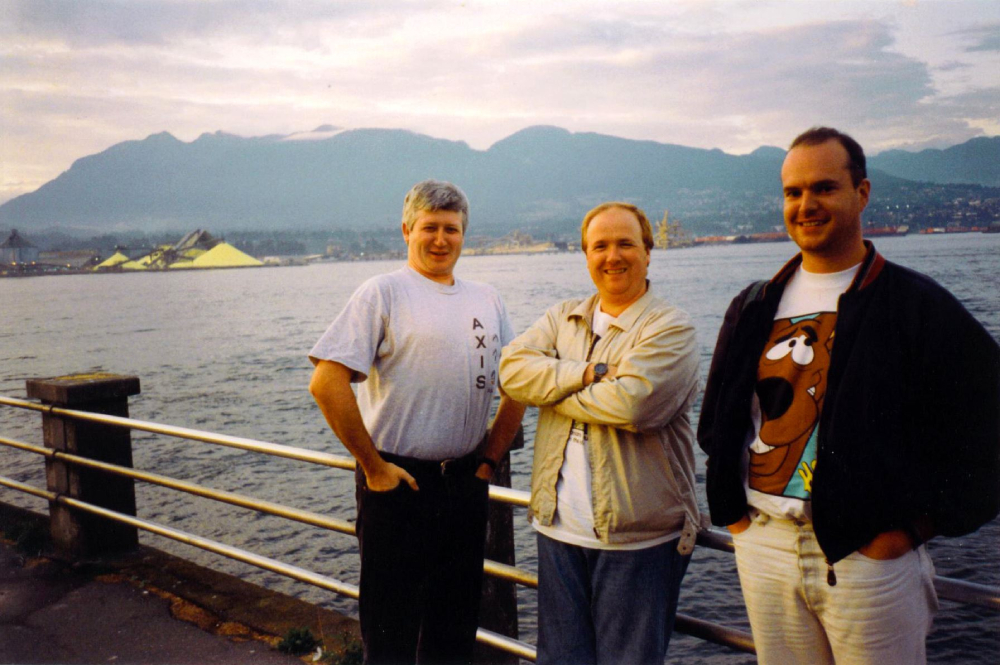
The decision was heavily influenced by Canadian Chris Brough, who joined the group as an experienced TV producer, director and writer. While the team was initially considering Los Angeles, Brough suggested they look north of the border.
“Ian had come up to Vancouver with Chris to check it out,” Blair says. “Vancouver time, one in the morning, they phoned us back in England. We’re sitting at our desks at work and we get this drunken phone call, going ‘It’s beautiful! You gotta come! It’s fantastic! Oh my god, we’re doing it in Vancouver!’ Me and Phil are like: ‘Okay?’”
Canada was a terrific place to set up animation due to generous tax incentives and an abundance of locals with technical expertise, Brough told Mitchell, Pearson and Blair, known internally as “the Hub.” Between Pearson’s phone call and some well-placed tourism ads Canada was running on British TV at the time, the Hub was sold on Vancouver as the place to be.
“It was such a bizarre timing. I’m like, ‘This has got to happen. This is just wonderful,’” Mitchell says.
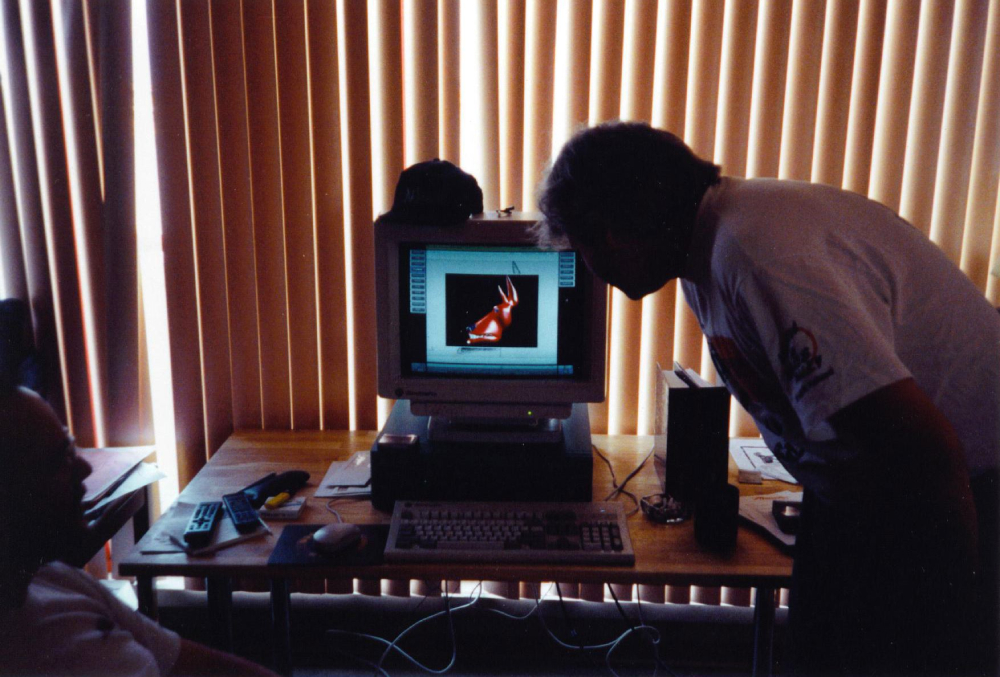
The Hub’s first production office didn’t quite match the glamorous beauty promised by overseas tourism commercials — it was a room at the Granville Island Hotel. But they soon moved to the Coast Plaza Hotel and then to an office on Water Street in Gastown before eventually settling into a place in Kitsilano, where Mainframe Entertainment — the company they founded together to make ReBoot — still exists today, as Mainframe Studios.
“It was this wide-eyed adventure,” Blair says. “I mean, my apartment had a bed, a deck chair and a little television standing on the box. But that didn’t matter, because we spent most of our time at the office anyway.”
Knowing that graphics could look kind of blocky and artificial, given technical constraints, the creators cleverly incorporated that theme into the design of ReBoot. What was a stylistic choice of necessity became the plot.
The action of the show centred on a core trio of humanoid “sprites,” Bob, Dot and Enzo (and Enzo’s dog, Frisket). Together they had adventures in the digital city of Mainframe, usually defending the city and its inhabitants against villains Megabyte and Hexadecimal, two computer viruses.
Initial “stand-alone” episodic fare with a more comedic bent eventually gave way to a more overarching, serialized story that wound its way from the second half of season two through to the end of the show.
This was aided in part by leaps forward in technology. Better rendering speeds meant that animators could add more detail to the characters, with things like shading and more detailed textures.
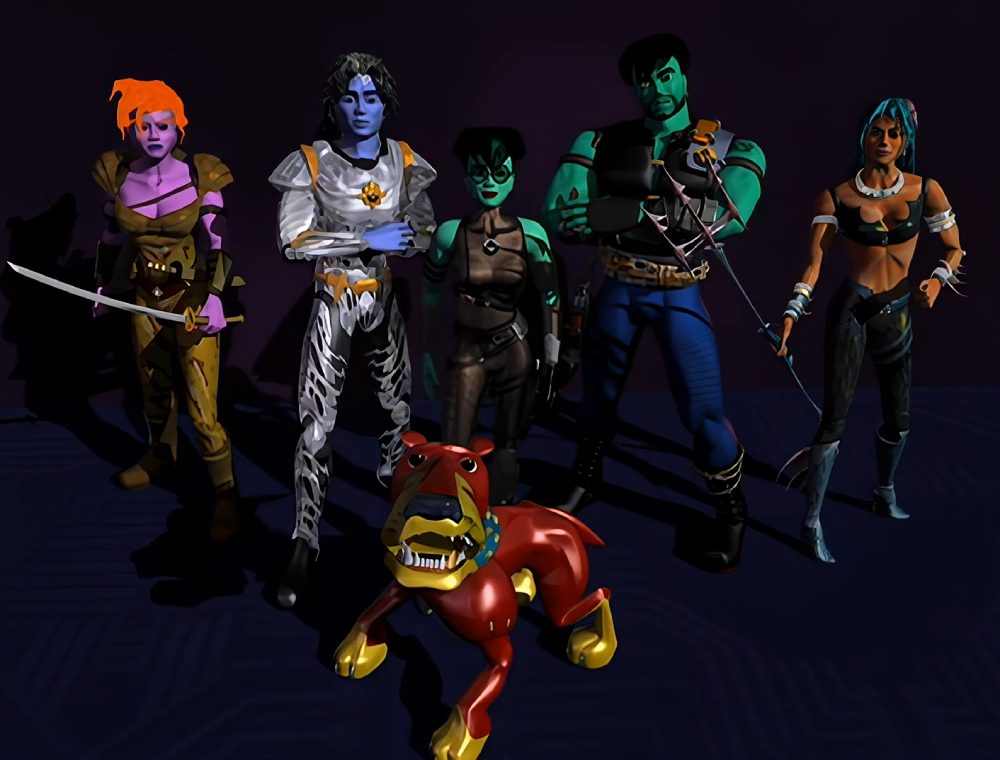
Canadian grant and tax programs provided a boost during the show’s early days.
“Once we got the gig and signed the deal with ABC, obviously then we had a budget and proper production, staff and stuff like that,” Blair says. “Those tax credits certainly helped that budgetary money go further.”
The development of the series heralded a landmark in animation. With no prior series ever doing what they had done, Mitchell and Blair say they were writing the book on how to produce a CGI cartoon.
ReBoot initially aired on YTV in Canada and on ABC in the U.S., beginning in 1994. Electronics at the time were exorbitantly expensive. Mainframe Entertainment worked on seven top-of-the-line Silicon Graphics Inc. Onyx machines, which sold for US$250,000 each at the time, as well as several other machines and servers. The show was animated on a piece of software called SoftImage.
Both SGI and SoftImage sent representatives to monitor Mainframe Entertainment’s progress and take notes on how the team was pushing the limits of their equipment and software.
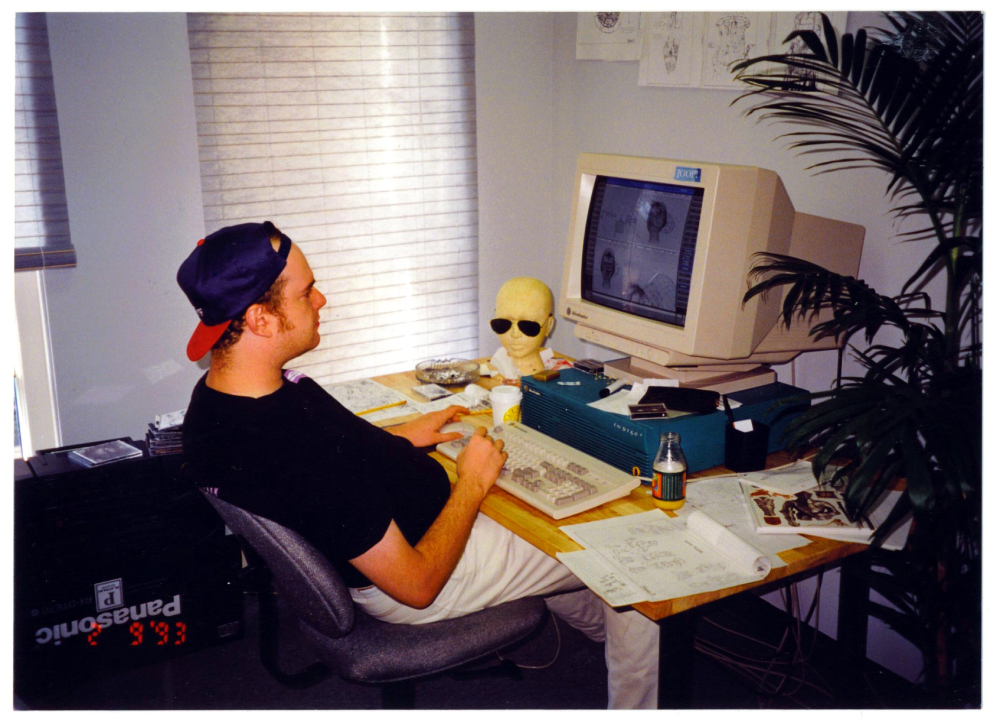
“We were pushing the envelope on everything, all the time,” Blair says. “Everybody contributed to the way that it looked, because we didn’t know what it was supposed to look like,” Mitchell says. “And that then became built upon what was being produced, so what was being produced became what the show had to be, so it was kind of a self-perpetuating thing.”
Contemporary reception of the show was quite positive. The LA Times wrote in 1994 that ReBoot ranked in the top 10 of ABC’s programming for children aged 2 to 11. A 1995 review from the New York Daily News also highlighted an episode that featured guest actress Gillian Anderson of X-Files fame — such pop culture references were a mainstay of the series as well.
“The script is funny, and the guest appearance is a good stunt — but the ReBoot visuals are what will most likely make you want to return,” the review concluded.
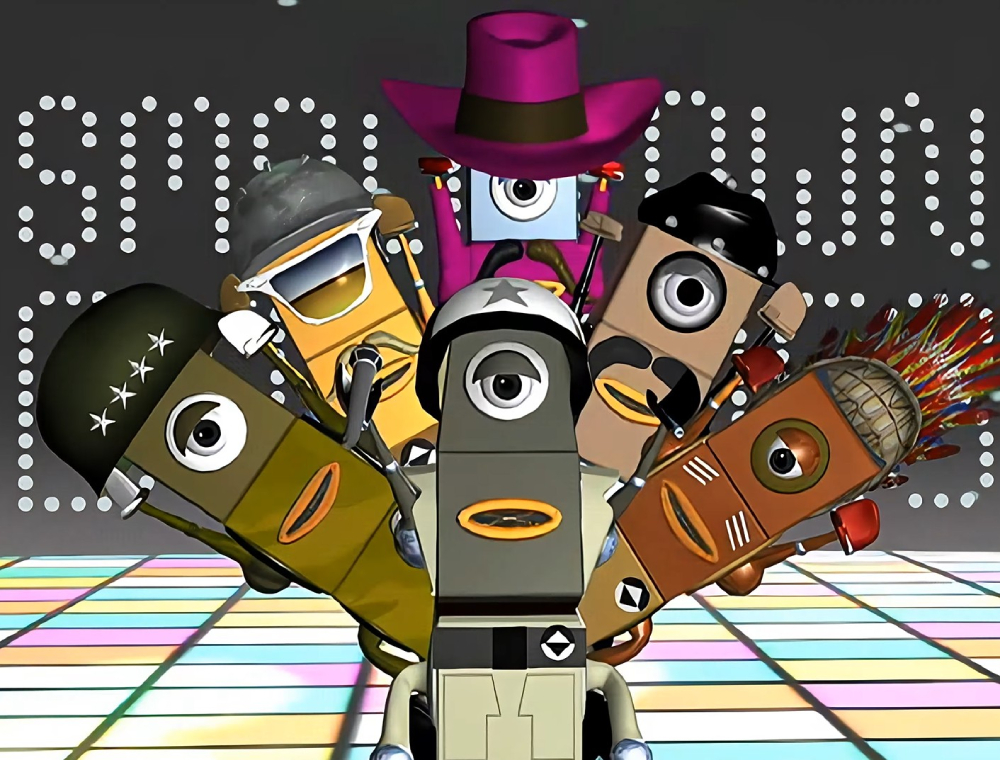
Production was not without its own challenges. Mitchell and Blair both recall, with some disdain, the difficulties of working with America’s Broadcast Standards and Practices, which held the threat of censorship over their heads throughout the first two seasons.
Some of the more curious changes that occurred as a result of censorship included modifying Dot’s breasts into a single blob the animators nicknamed “the monoboob,” as well as comically oversizing some guns for season 1 episode 5, “The Tiff” after being told the guns could shoot bubbles but not bullets.
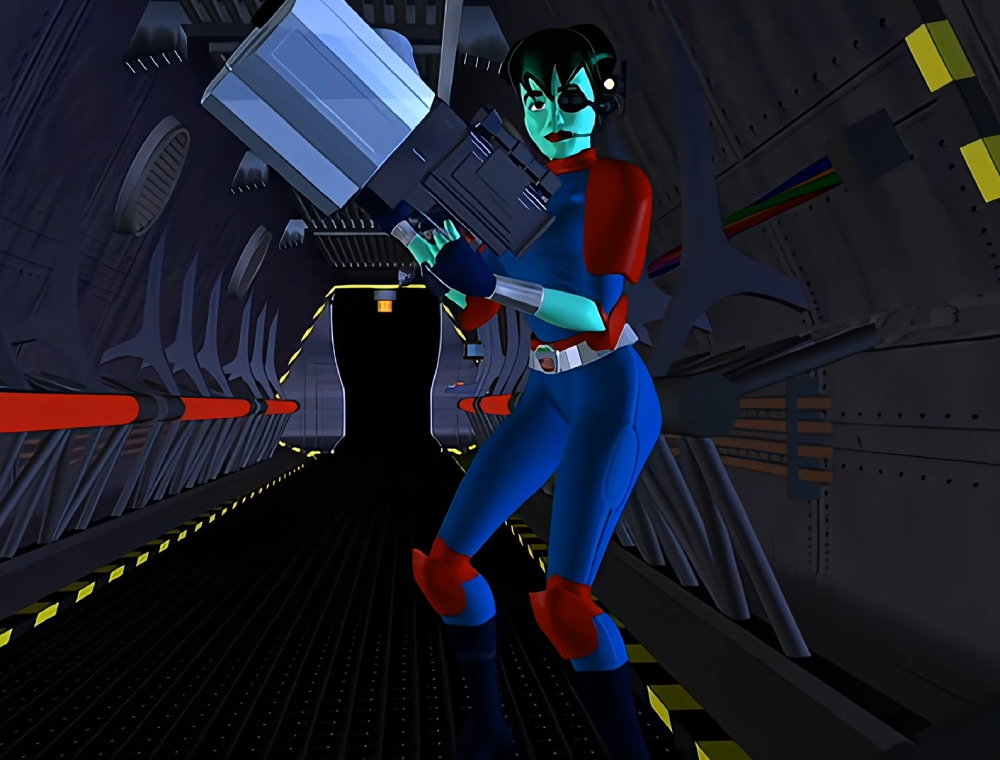
During the second season, ReBoot lost its U.S. network after Disney acquired ABC and cancelled the program. YTV kept the show going in Canada though, allowing Mainframe Entertainment to continue on and complete a third season in 1997, which subsequently aired in the U.S. on Cartoon Network.
Four years later, popular ratings of ReBoot reruns on the Cartoon Network led to a fourth season revival in 2001. Unfortunately, according to Blair, a planned full series rebroadcast by Cartoon Network’s parent company, Warner Bros., was cancelled, which led to the subsequent cancellation of a planned toy line. These sudden shifts had a huge impact on Mainframe Entertainment’s bottom line, and they had to cut a full season of 12 episodes down to just two made-for-TV movies.
Because of those issues, the series ended on a cliffhanger, with Megabyte ominously seizing control of the heroes and challenging them to “the hunt.” The final episode, “Crouching Binome, Hidden Virus,” aired on Nov. 30, 2001 — exactly 20 years ago today.
The show’s legacy has remained strong in the two decades since it came to an end. Canadians in particular seem to hold a fondness for ReBoot, a quality that seems reflected in the early relationship the creators had with YTV for seasons one to three.
“YTV loved us from the get-go,” Blair says. “[Canadians] loved it, they love it now to this day, they still love it.”
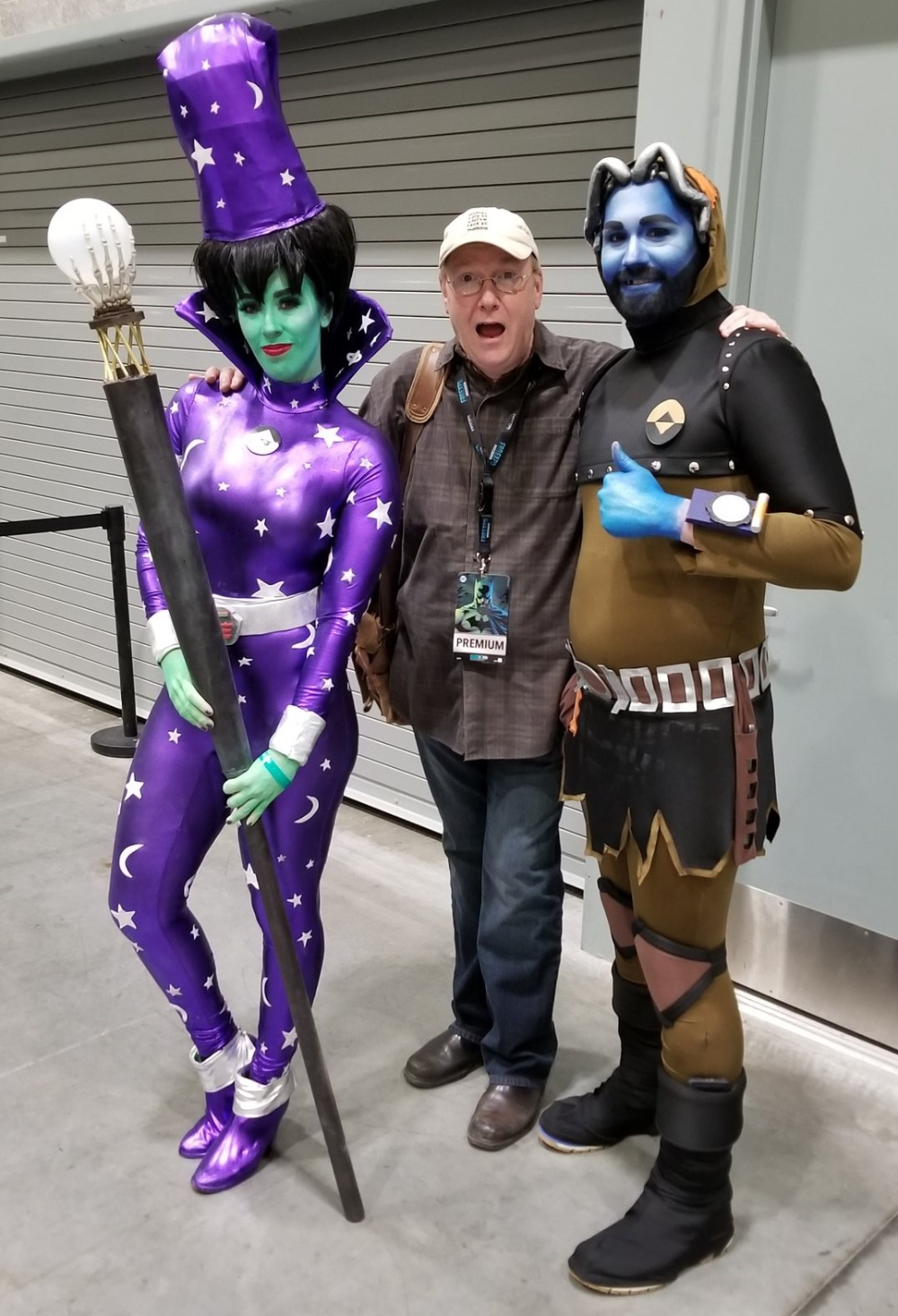
That love is visible in the lists ReBoot continues to pop up on, like Narcity’s “26 Canadian cartoons you forgot about” or Looper’s “Best Sci-Fi Shows of the 90s.” Or even the personal blog of one of Vancouver’s other treasures, Justin McElroy.
ReBoot has also left its mark on animation in very tangible ways. Canadians who started on the show include animators like Jimmy Hayward, who later worked on Pixar films like Toy Story and A Bug’s Life. In 2000, Mainframe Entertainment had over 300 employees working for them and, according to Animation World Network, they were one of the only studios working in the field of 3D animation for television.
Nowadays, the Vancouver Economic Commission says that over 60 studios in the city are devoted to VFX and animation, and Vancouver is the largest cluster of domestic and foreign-owned studios in the world. The current iteration of Mainframe Studios, sans the original ReBoot creators, is among them, with over 650 employees. They recently expanded to Toronto.
After the show ended, Blair, who became a Canadian citizen during the run of the show, stayed on in Vancouver. Mitchell is currently teaching character animation at Ngee Ann Polytechnic in Singapore. Mitchell says his current batch of students will likely be the last in animation, as the school shifts their focus to information technology. Before they head out the door, though, he’s hoping to inspire them to take a chance, like he, Blair and Pearson did.
“Is there ever going to be another show like ReBoot?” Mitchell muses. “I don’t know.”
“I tell my students: don’t be afraid. What’s the worst that can happen at your age? Just try it. You never know what’s going to happen. Find like-minded people and push.” ![]()
Read more: Art, Film, Science + Tech



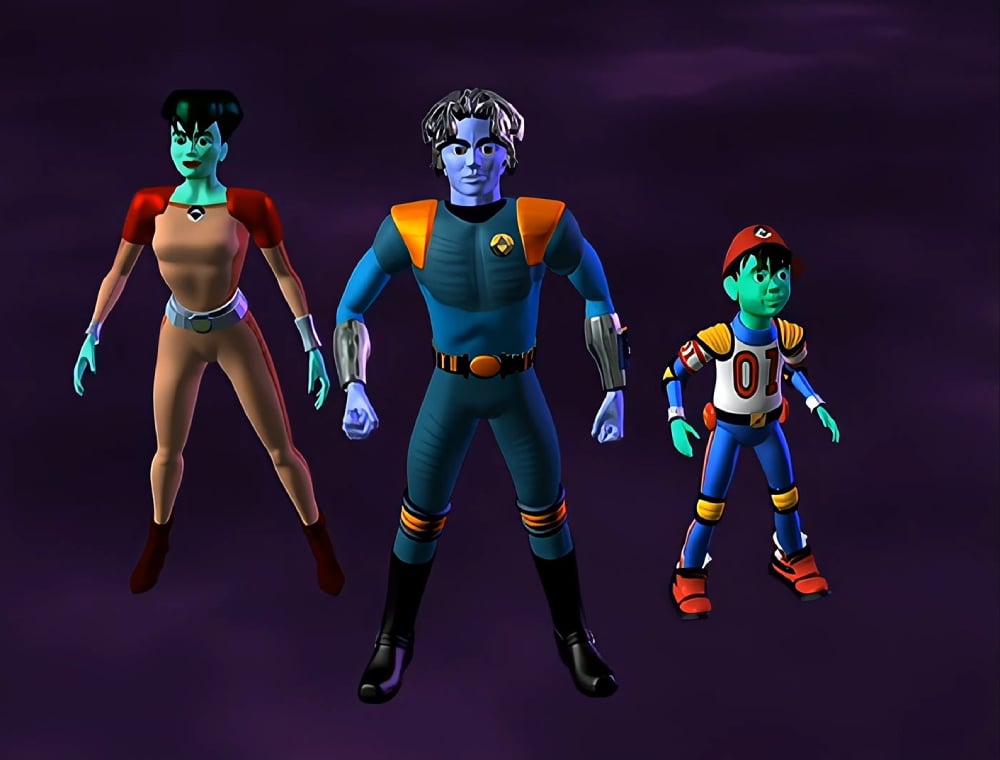












Tyee Commenting Guidelines
Comments that violate guidelines risk being deleted, and violations may result in a temporary or permanent user ban. Maintain the spirit of good conversation to stay in the discussion.
*Please note The Tyee is not a forum for spreading misinformation about COVID-19, denying its existence or minimizing its risk to public health.
Do:
Do not: